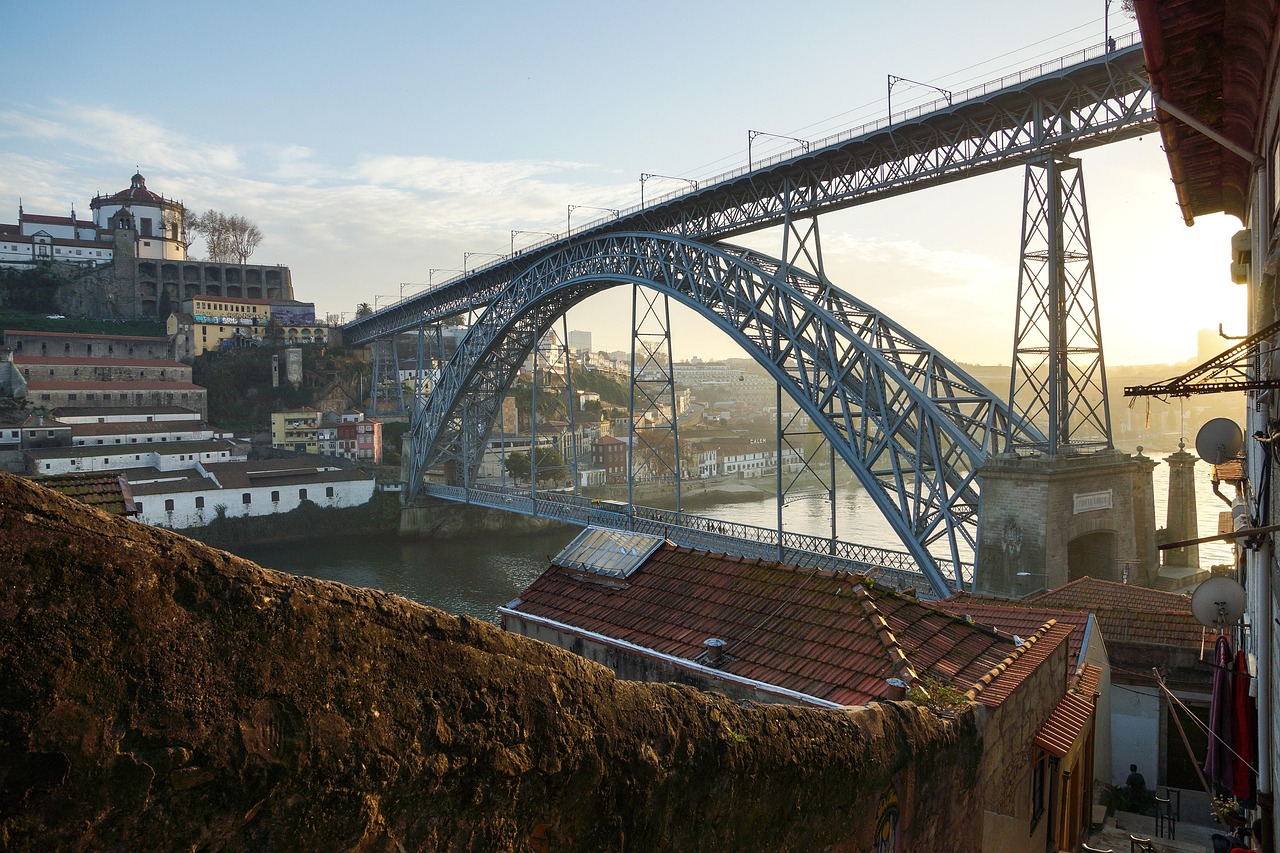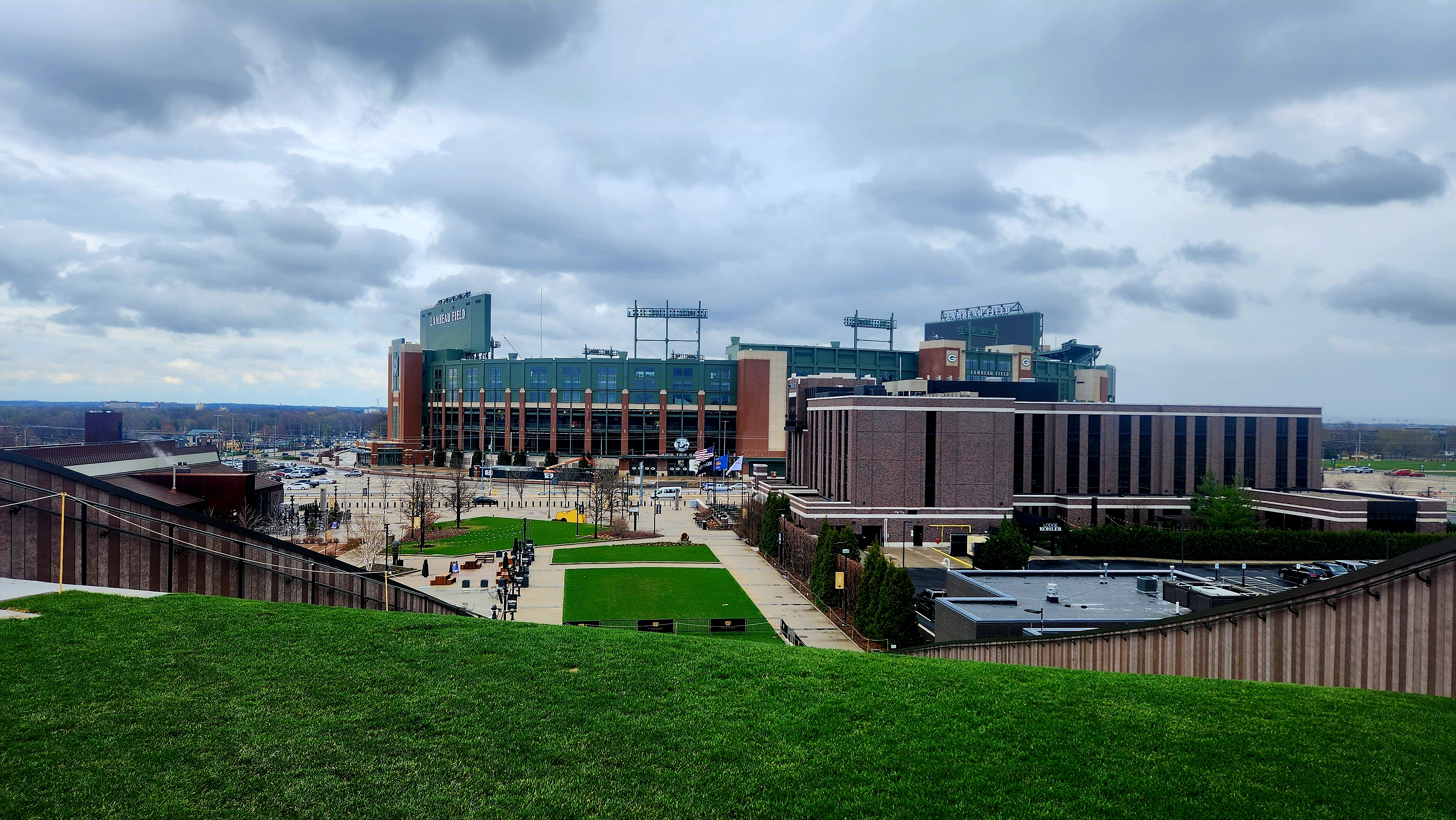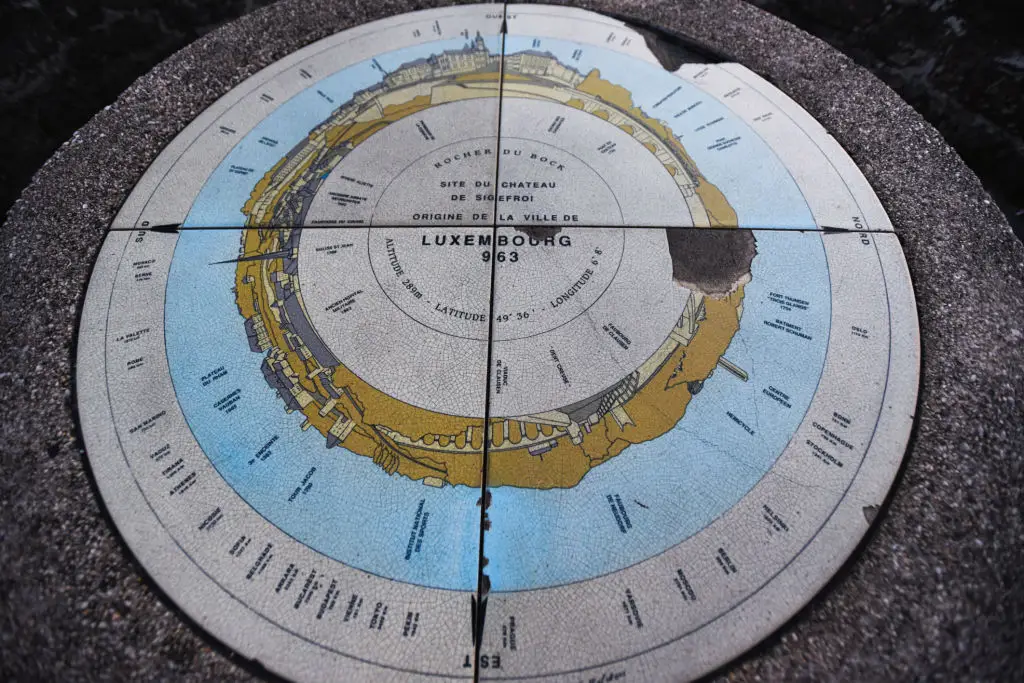12 Tennis Arenas That Have Witnessed the Greatest Matches in History
Tennis, a sport of elegance and endurance, has witnessed some of its most monumental moments on the courts of legendary arenas across the globe. These arenas, steeped in history, have been the backdrop for matches that not only shaped the careers of individual players but also the very fabric of the sport itself. Each venue holds its own unique charm and story, echoing the triumphs and trials of the greats who have graced their courts. From the grass courts of Wimbledon, where tradition and prestige reign supreme, to the clay courts of Roland Garros, where endurance and strategy are tested, each arena is a testament to the sport's rich history. As we delve into the stories and matches that have defined these venues, we also reflect on the broader impact these arenas have had on the sport, shaping its evolution and inspiring future generations of players and fans alike.
1. Wimbledon: The Sacred Grass of All England Club
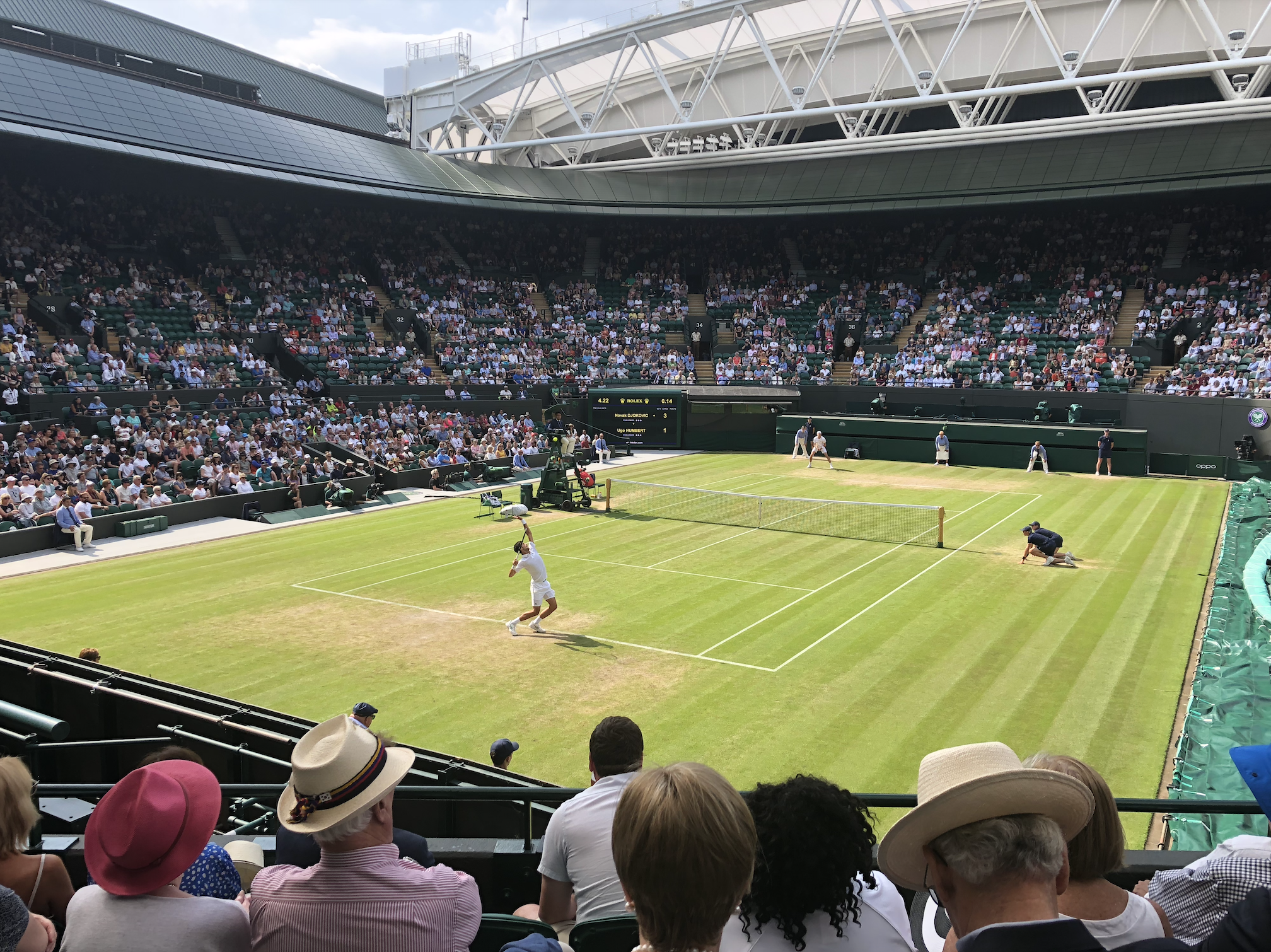
Wimbledon, the oldest tennis tournament in the world, is synonymous with tradition and prestige. Located in London, the All England Club has been the stage for some of tennis's most legendary matches. The grass courts, meticulously maintained, have seen champions like Björn Borg, Pete Sampras, and Serena Williams etch their names into history. The Championships at Wimbledon are not just about the sport; they are a celebration of heritage, with traditions such as the all-white dress code and strawberries with cream. The echo of past matches reverberates through the hallowed grounds, where every blade of grass tells a story of resilience and excellence. The 2008 final between Roger Federer and Rafael Nadal, often hailed as the greatest match ever played, is a testament to Wimbledon's enduring legacy, showcasing a battle of skill, willpower, and sportsmanship that left an indelible mark on the sport.
2. Roland Garros: The Clay Courts of Resilience
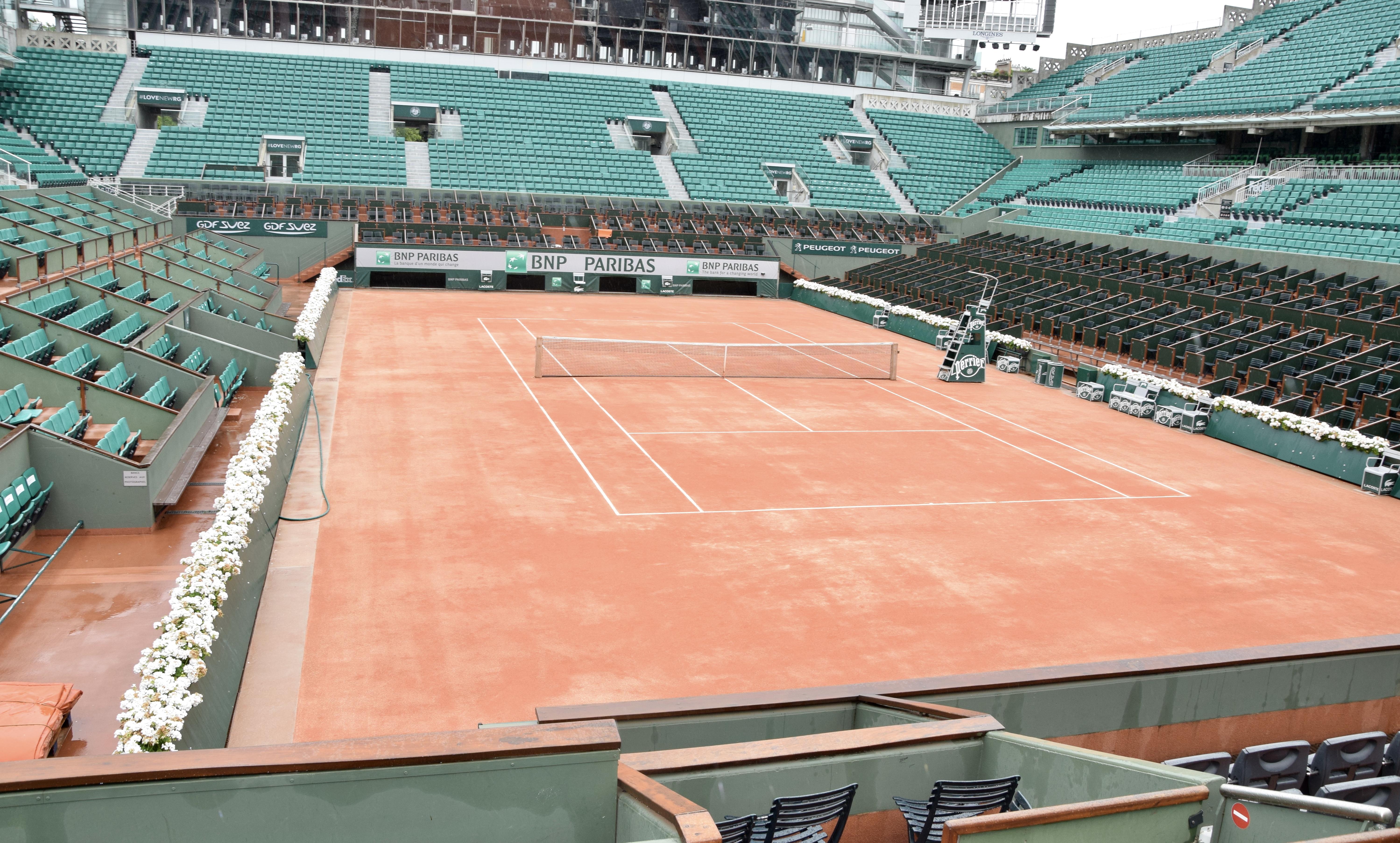
Roland Garros, home to the French Open, is where the world's best players face off on the distinctive red clay. This surface, known for its slow pace and high bounce, demands a unique blend of patience, strategy, and physical endurance. The Parisian venue has witnessed epic contests that have tested the limits of human endurance and mental fortitude. Rafael Nadal, with his unparalleled record at Roland Garros, has become synonymous with the tournament, his dominance on clay a testament to his adaptability and tenacity. Matches like the 1984 final between John McEnroe and Ivan Lendl highlight the dramatic shifts and mental battles that clay court tennis can produce. Roland Garros is not just an arena; it is a crucible where legends are forged, and the spirit of tennis is continuously redefined.
3. Arthur Ashe Stadium: The Grand Stage of the US Open

Arthur Ashe Stadium, the crown jewel of the USTA Billie Jean King National Tennis Center in New York, is the largest tennis-specific stadium in the world. Named after the legendary Arthur Ashe, it embodies the spirit of inclusivity and progress. The US Open, held here, is renowned for its electric atmosphere, night matches, and diverse crowd. The stadium has been the site of numerous historic encounters, from Serena Williams's rise to stardom to the unforgettable 2001 quarterfinal match between Pete Sampras and Andre Agassi. The hard courts of Arthur Ashe Stadium are a true test of versatility and skill, challenging players to adapt to its unique conditions. The echoes of past champions resonate through the stands, inspiring a new generation of players to reach for greatness in this iconic venue.
4. Rod Laver Arena: The Heart of the Australian Open
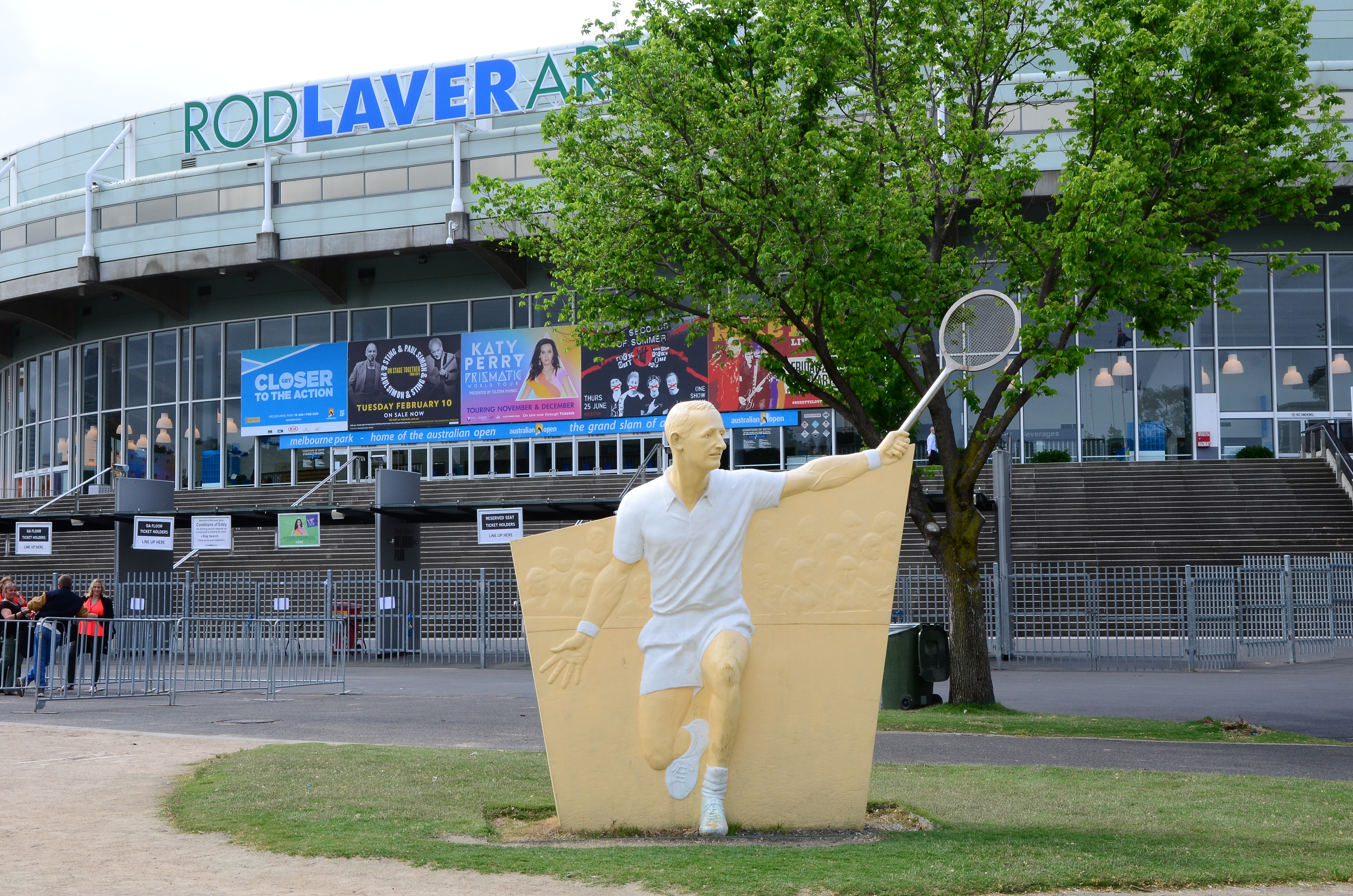
Rod Laver Arena, located in Melbourne Park, is the centerpiece of the Australian Open, the first Grand Slam of the year. Named after the legendary Australian player Rod Laver, the arena is a symbol of the sport's global reach and the spirit of innovation. With its retractable roof, the venue ensures that play continues regardless of the weather, providing a reliable stage for high-stakes matches. The Australian Open is known for its vibrant atmosphere and enthusiastic fans, creating an unforgettable experience for players and spectators alike. Matches like the 2012 final between Novak Djokovic and Rafael Nadal, which lasted nearly six hours, showcase the physical and mental demands of this tournament. Rod Laver Arena is where the world's best players come to test their limits and where new stars emerge, continuing the legacy of excellence that defines the Australian Open.
5. Court Philippe Chatrier: The Heartbeat of Roland Garros
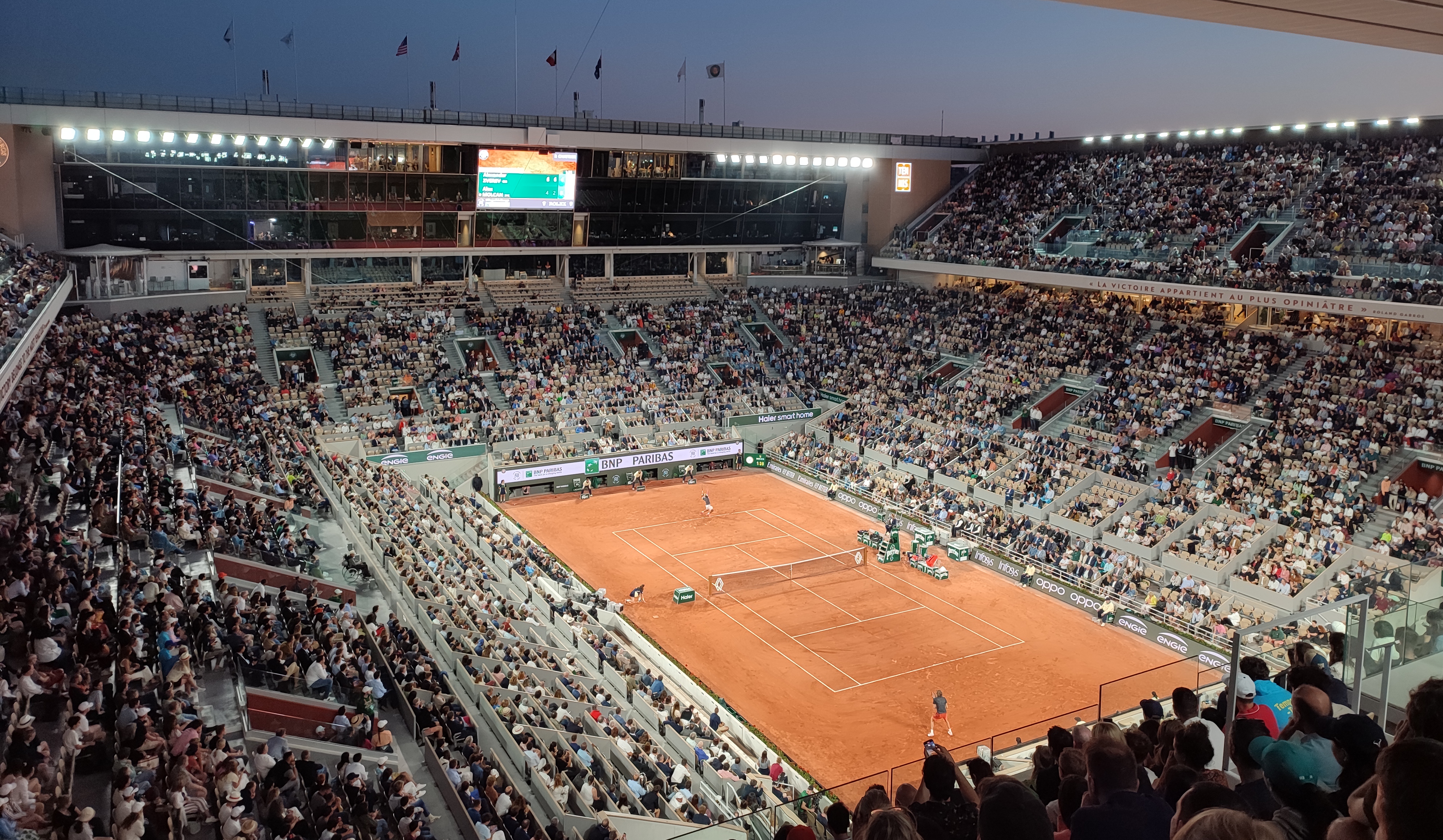
Court Philippe Chatrier, the main stadium of Roland Garros, is the epicenter of clay court tennis. Named after the influential French tennis administrator, it is where the sport's greatest clay court battles have unfolded. The stadium, with its distinctive red clay surface, challenges players to adapt their game, requiring precision, patience, and a relentless fighting spirit. Iconic matches, such as the 1999 final between Andre Agassi and Andriy Medvedev, have etched Chatrier into the annals of tennis history. The court's intimate atmosphere and passionate crowd create a unique environment that pushes players to their limits. As the heart of the French Open, Court Philippe Chatrier continues to be a stage where legends are born, and the spirit of tennis is celebrated in its purest form.
6. Centre Court: The Crown Jewel of Wimbledon
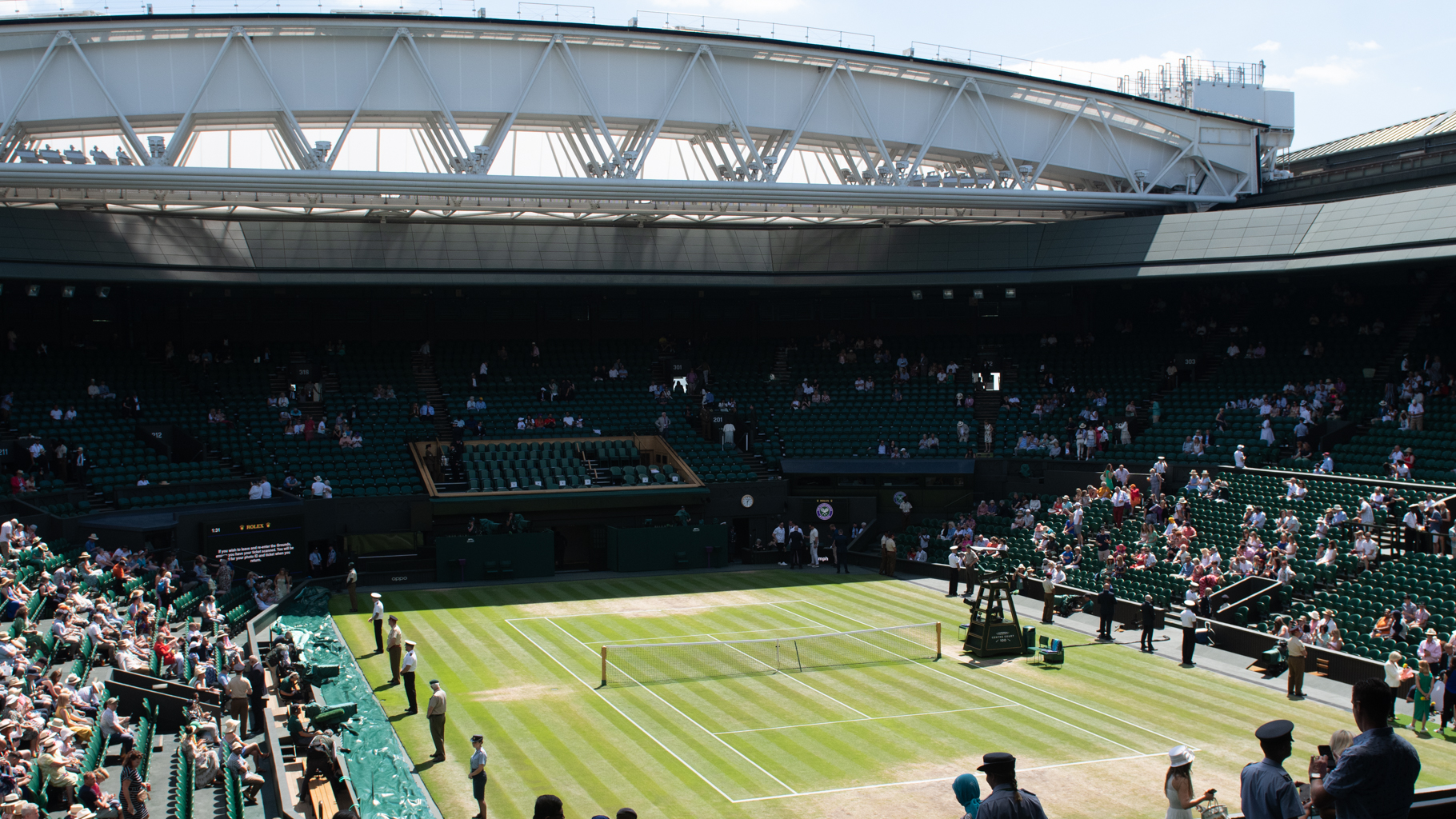
Centre Court at Wimbledon is perhaps the most famous tennis court in the world. Its rich history and tradition make it the ultimate stage for tennis's greatest moments. The retractable roof ensures that the action never stops, preserving the tournament's schedule and the players' rhythm. Centre Court has been the site of numerous unforgettable matches, including the 1980 final between Björn Borg and John McEnroe, a match that epitomized the drama and intensity of Wimbledon. The court's lush grass surface and intimate setting create an atmosphere unlike any other, where the echoes of past champions inspire those who step onto this hallowed ground. Centre Court is not just a tennis court; it is a symbol of excellence, tradition, and the enduring legacy of the sport.
7. The Lawn Tennis Club: Cradle of the Davis Cup
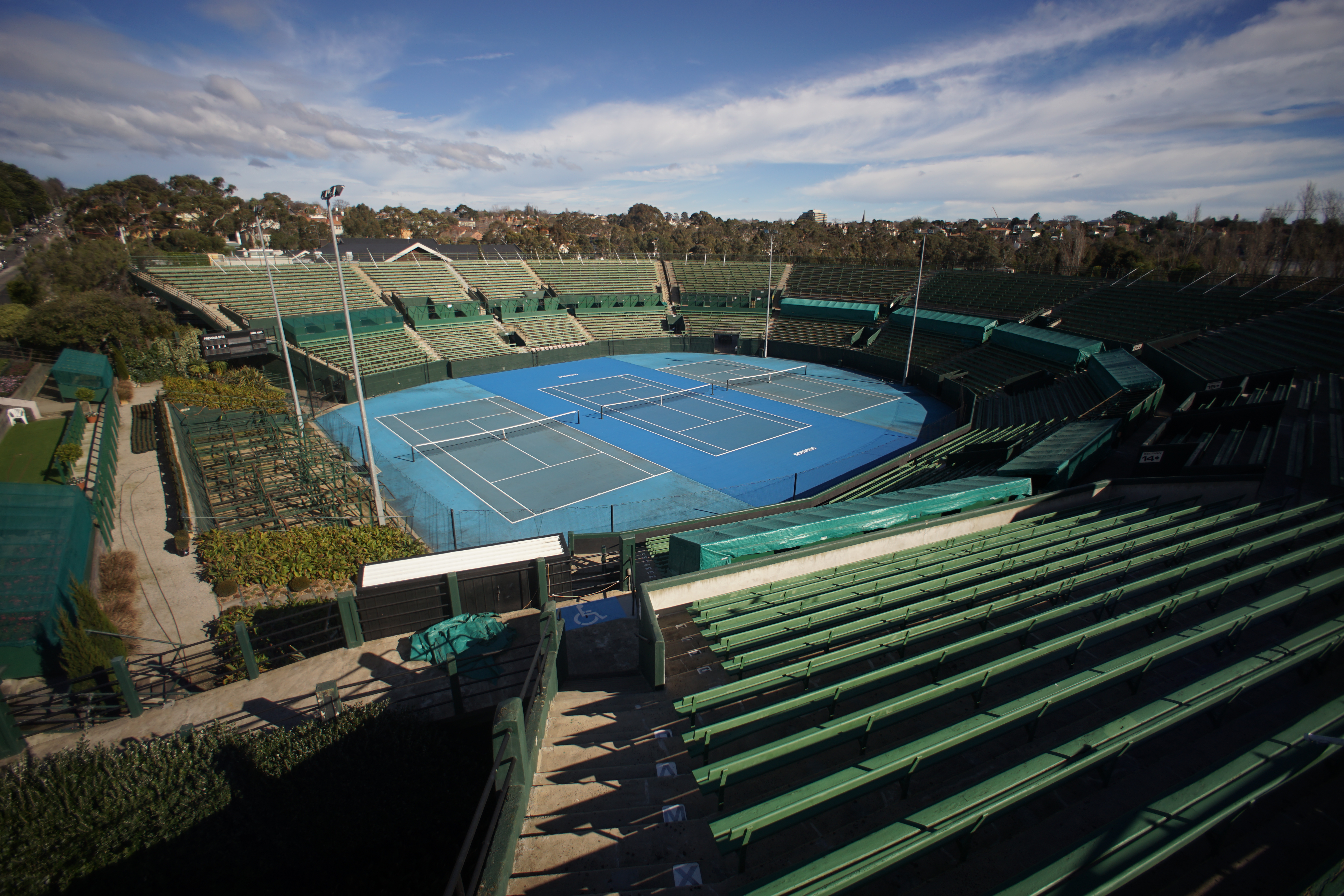
The Lawn Tennis Club in Melbourne, Australia, is renowned for its historical significance in the world of tennis. As the birthplace of the Davis Cup, it represents international competition and camaraderie. The club has hosted numerous Davis Cup finals, showcasing the best of team tennis and the spirit of national pride. Matches here have been characterized by intense rivalries and dramatic comebacks, with players representing their countries in a battle for glory. The Lawn Tennis Club is a testament to the global reach of tennis and the unifying power of sport. Its rich history and tradition continue to inspire players and fans alike, making it a cherished part of tennis's legacy.
8. Foro Italico: The Eternal City's Tennis Gem
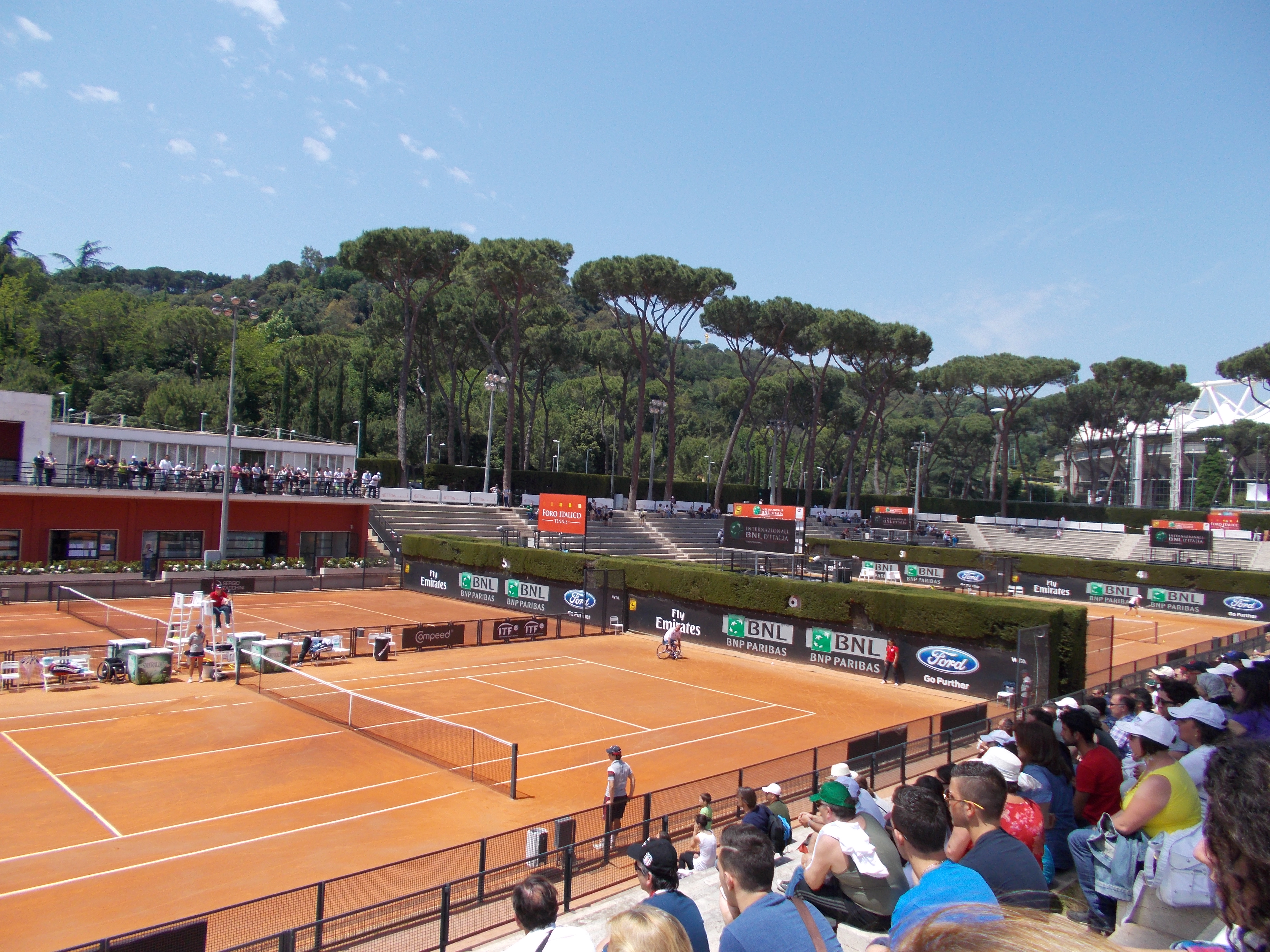
Foro Italico, located in Rome, Italy, is a stunning tennis venue known for its unique architectural design and rich history. The Italian Open, held here, is one of the most prestigious clay court tournaments in the world. The venue's iconic statues and classical architecture create a majestic atmosphere, blending sport with culture and history. Matches at Foro Italico are characterized by their intensity and passion, with players battling it out on the slow clay surface. The tournament has seen legendary performances from players like Rafael Nadal and Novak Djokovic, who have left their mark on this historic venue. Foro Italico is more than just a tennis arena; it is a celebration of the sport's beauty and its timeless appeal.
9. Indian Wells Tennis Garden: The Desert Oasis
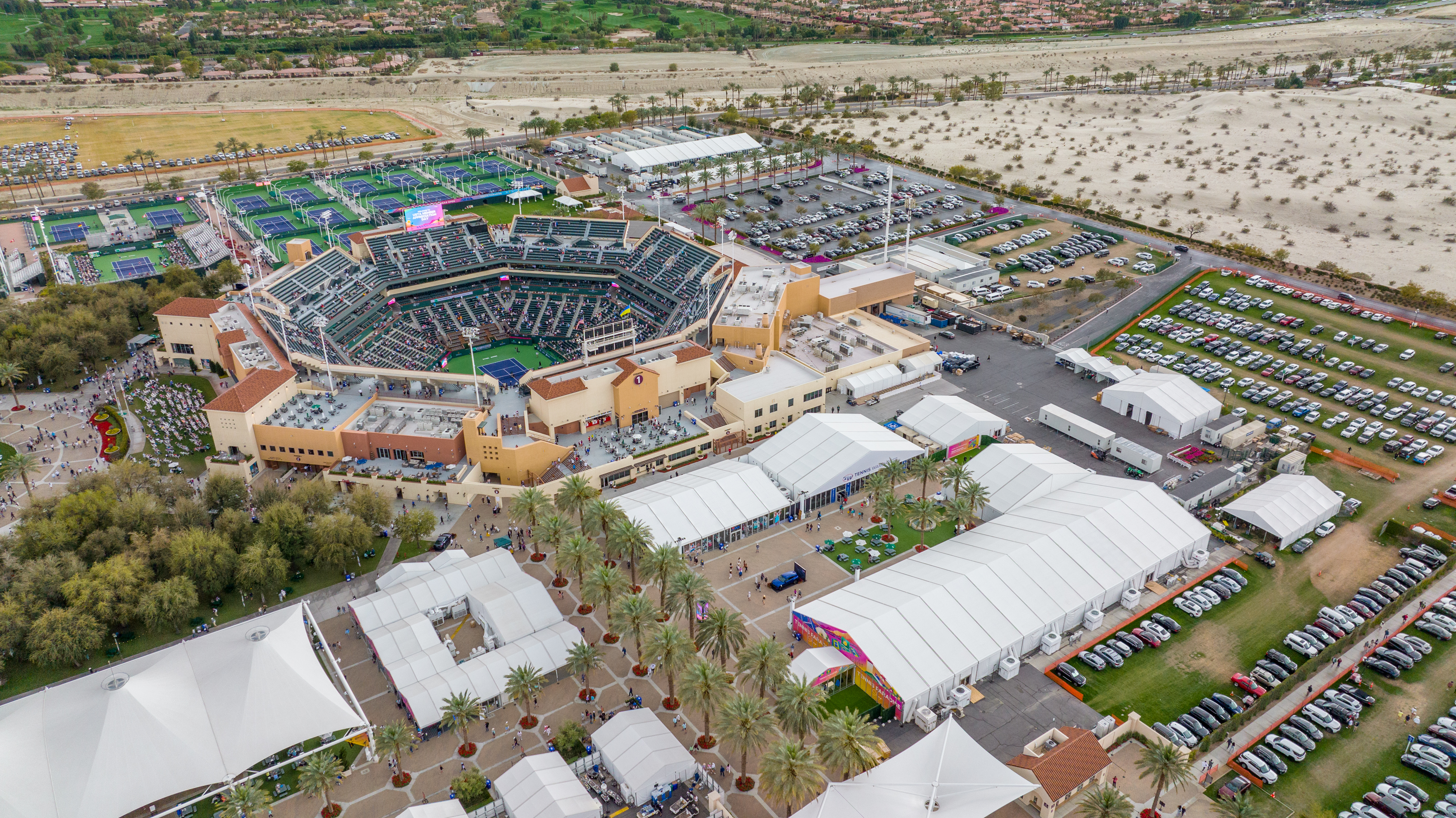
The Indian Wells Tennis Garden, located in the California desert, is a modern marvel of tennis architecture. Home to the BNP Paribas Open, it is one of the largest tennis stadiums in the world. The venue's stunning desert backdrop and state-of-the-art facilities make it a favorite among players and fans alike. Indian Wells is known for its relaxed atmosphere and high-quality tennis, attracting the world's best players to compete in this prestigious event. Matches here are characterized by their fast pace and thrilling rallies, with players adapting to the unique conditions of the desert. The Indian Wells Tennis Garden is a testament to the sport's global appeal and the innovation that continues to drive its growth.
10. Monte Carlo Country Club: The Riviera's Tennis Paradise
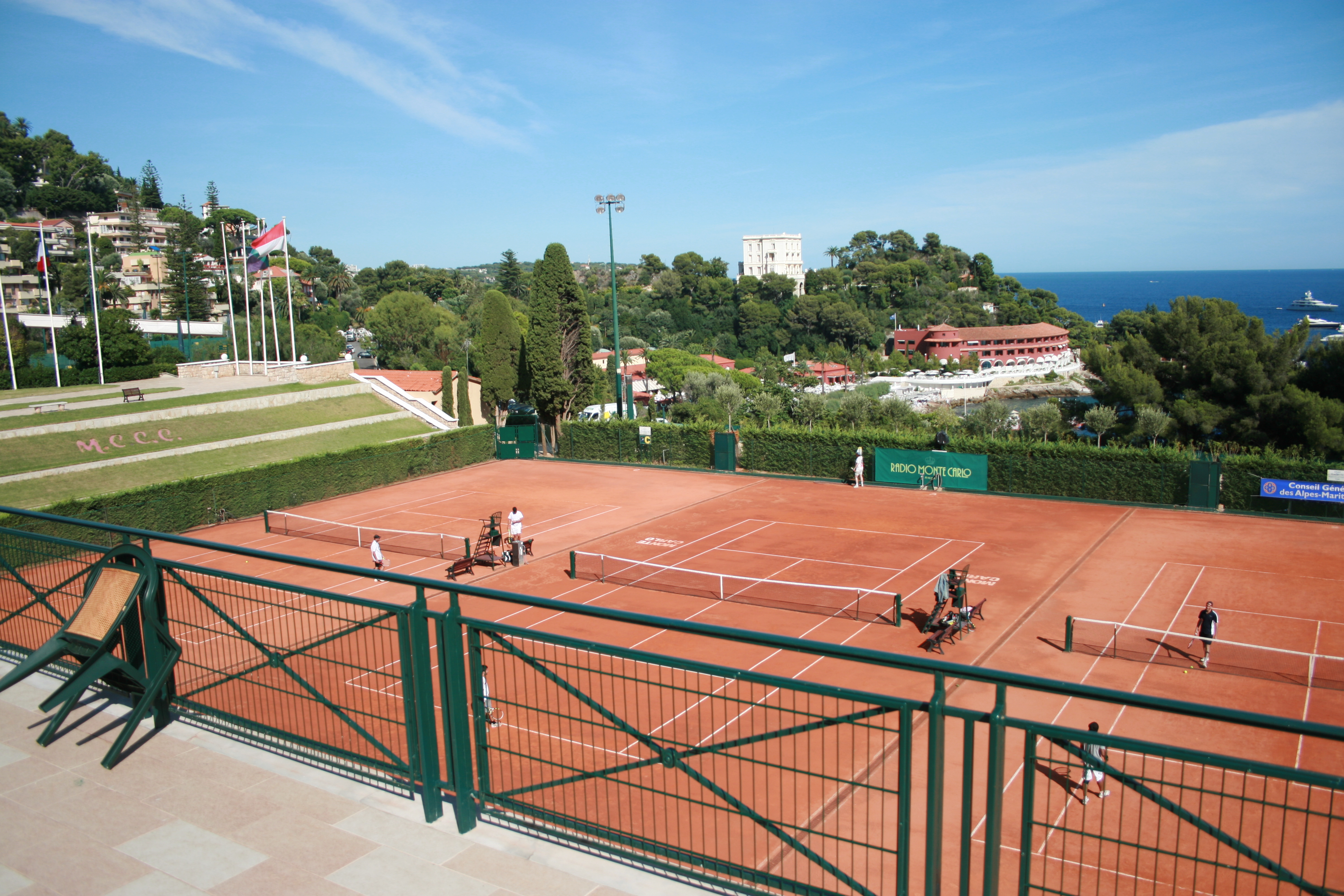
The Monte Carlo Country Club, nestled on the French Riviera, is a picturesque venue that hosts the prestigious Monte Carlo Masters. Known for its stunning views of the Mediterranean Sea, the club offers a unique blend of luxury and tradition. The clay courts of Monte Carlo have seen some of the sport's greatest players compete in thrilling battles, with Rafael Nadal's dominance at the tournament being a highlight. The venue's intimate setting and passionate crowd create an atmosphere that is both relaxed and electric, making it a favorite among players and fans. The Monte Carlo Country Club is a symbol of the sport's elegance and the timeless allure of tennis on the Riviera.
11. The O2 Arena: London's Indoor Tennis Spectacle
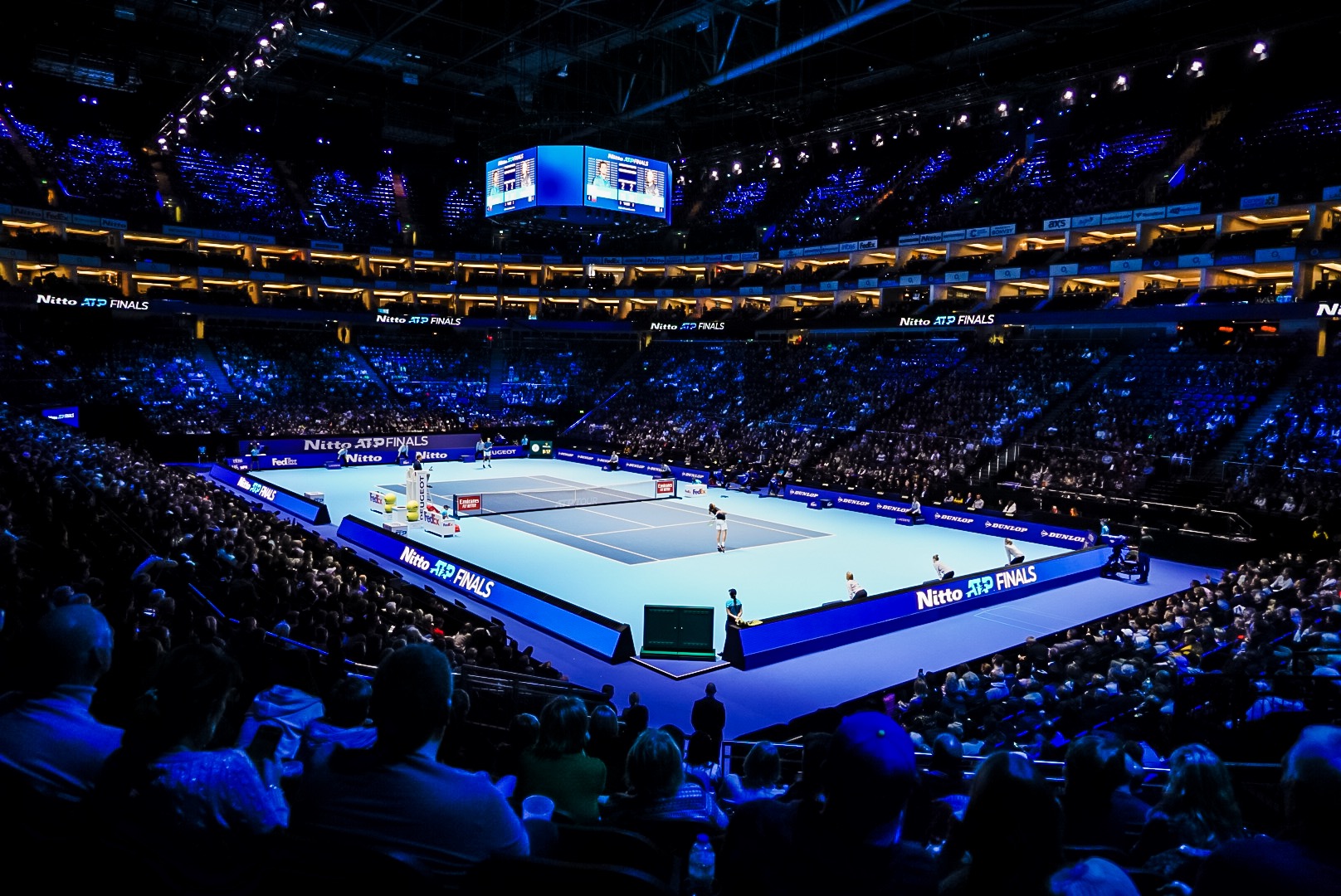
The O2 Arena in London is a modern venue that hosts the ATP Finals, a prestigious year-end tournament featuring the world's top players. Known for its electric atmosphere and cutting-edge facilities, the O2 Arena offers a unique indoor tennis experience. The tournament's round-robin format and high-stakes matches make it a thrilling spectacle for fans and players alike. The O2 Arena has been the site of memorable encounters, with players battling it out for the coveted title of ATP champion. The venue's state-of-the-art design and vibrant atmosphere make it a fitting stage for the sport's elite, showcasing the best of tennis in a dynamic and exciting setting.
12. Queen's Club: The Prelude to Wimbledon

Queen's Club in London is a historic venue known for its prestigious grass court tournament, the Queen's Club Championships. As a key warm-up event for Wimbledon, the tournament attracts the world's best players looking to fine-tune their grass court game. The club's rich history and tradition make it a cherished part of the tennis calendar, with its lush lawns and intimate setting creating a unique atmosphere. Matches at Queen's Club are characterized by their fast pace and precision, with players adapting to the challenges of grass court tennis. The venue has seen legendary performances from players like Andy Murray and Lleyton Hewitt, who have left their mark on this iconic tournament. Queen's Club is a testament to the sport's enduring appeal and the timeless beauty of grass court tennis.
The Legacy of Legendary Arenas
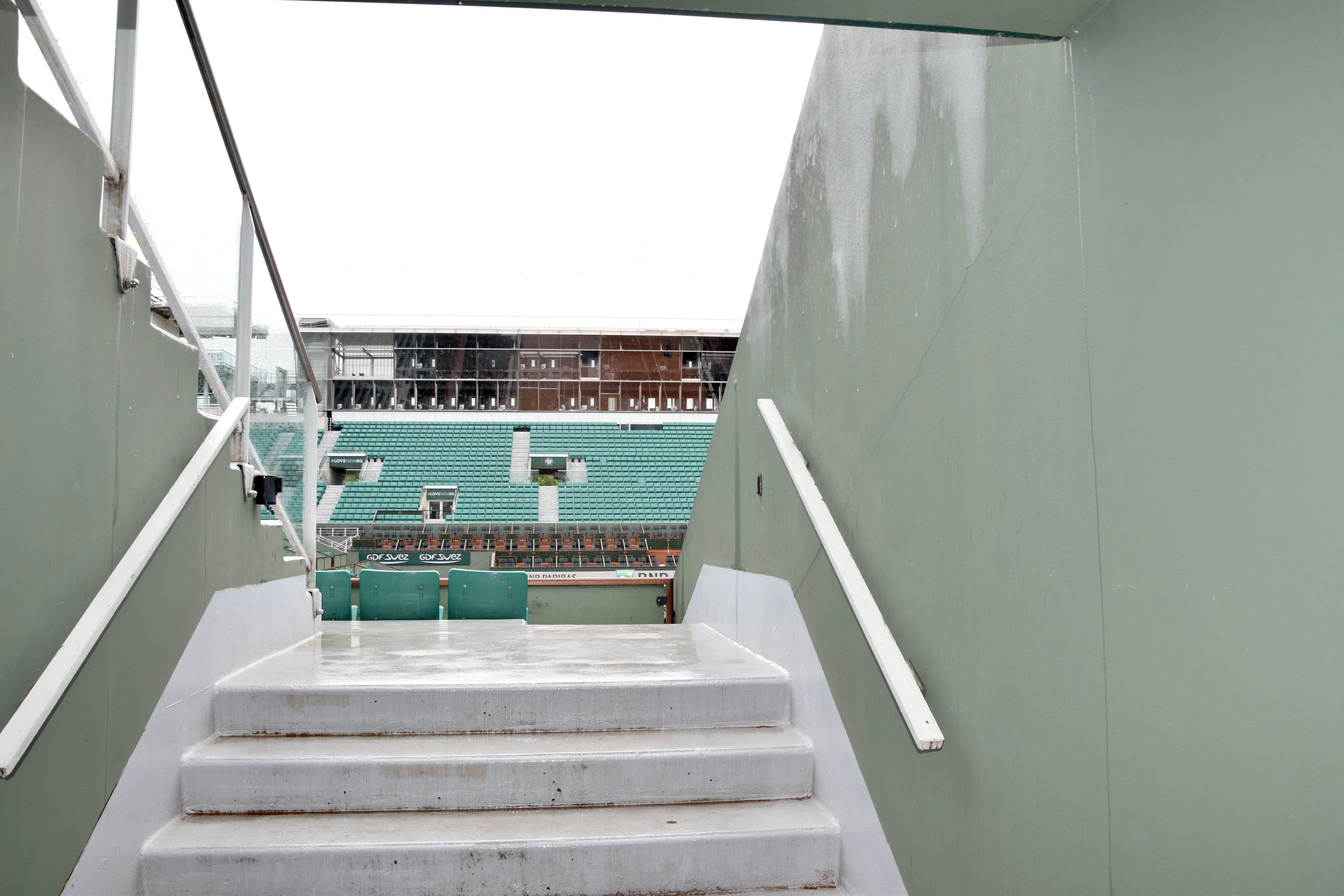
As we reflect on the legendary arenas that have shaped the sport of tennis, we are reminded of the rich history and tradition that define these iconic venues. Each arena, with its unique characteristics and storied past, has played a crucial role in the evolution of the sport, hosting unforgettable matches and showcasing the talents of the world's greatest players. From the grass courts of Wimbledon to the clay courts of Roland Garros, these venues have become synonymous with excellence, tradition, and the enduring legacy of tennis. They continue to inspire new generations of players and fans, serving as a testament to the sport's global appeal and its timeless allure. As the echoes of past champions reverberate through these hallowed grounds, we are reminded of the power of sport to unite, inspire, and transcend time.


